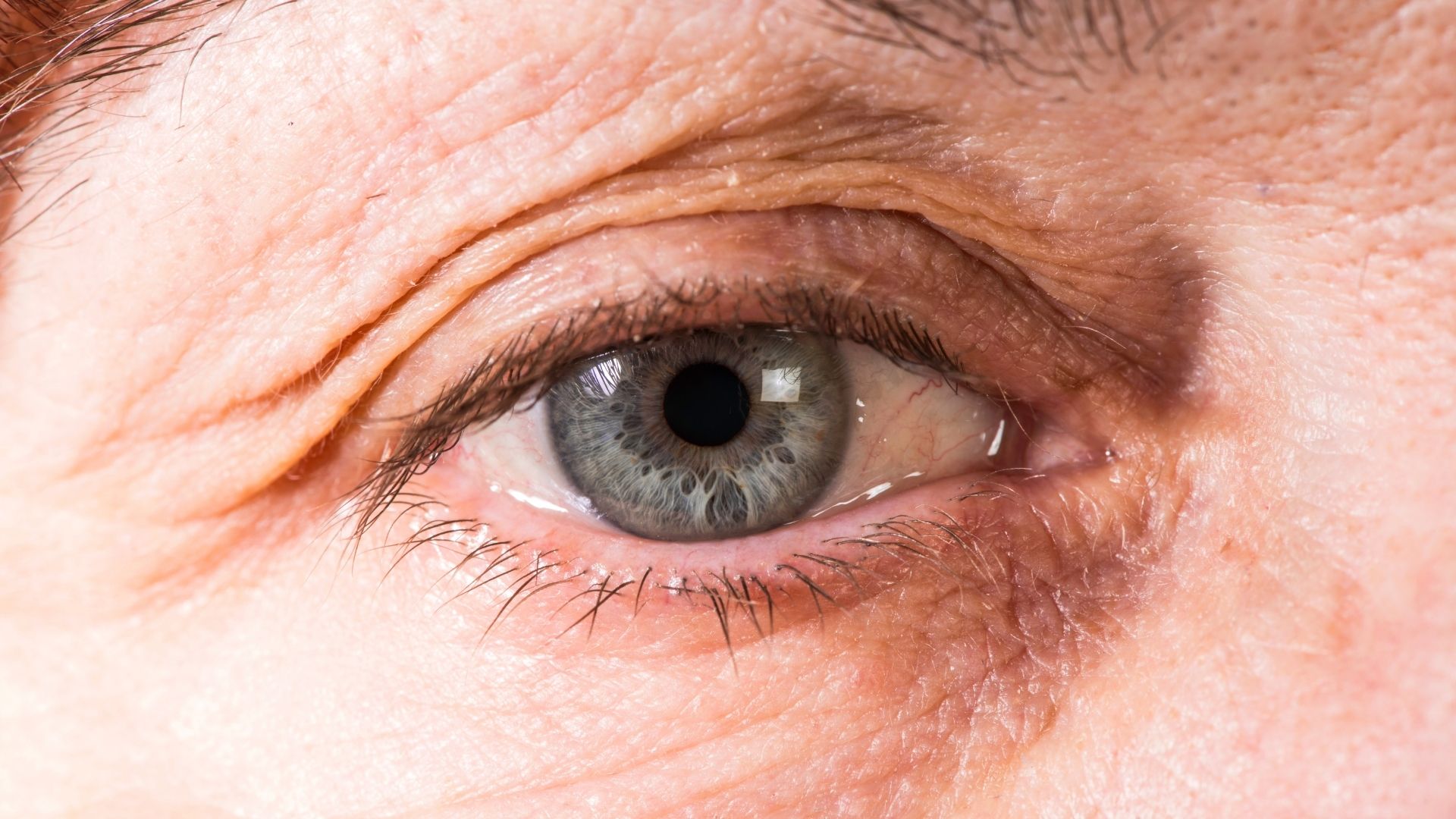Our vision and eye health undergo changes as we age. An eye care professional can track these alterations—some of which are a normal aspect of aging—and detect any potential eye conditions or diseases early enough to facilitate treatment and avert vision impairment. Continue reading to discover more about the various eye changes that may occur with advancing age.
Age-Related Eye Conditions and Diseases
Cataracts
If you notice a blurriness in your vision, it may indicate the onset of cataracts. There are several types of cataracts, with the “nuclear cataract” being the most common form associated with aging. Initially, this condition may result in increased nearsightedness or even a temporary enhancement in your reading vision. However, over time, the lens of the eye becomes increasingly yellow and obscures your vision. As the cataract progresses, the lens may even take on a brownish hue. Significant yellowing or browning can make it challenging to differentiate between colors, and if left untreated, it may ultimately lead to blindness. Fortunately, cataract surgery, which involves replacing the cloudy lens with a clear one, is a highly safe and effective treatment option.
Blepharoptosis
Blepharoptosis, commonly referred to as ptosis, is characterized by the drooping of the upper eyelid, which can affect one or both eyes. The eyelid may sag slightly or may droop sufficiently to obstruct the pupil and impair vision. This condition arises from weakness in the levator muscle responsible for lifting the eyelid. It is typically caused by aging, prior eye surgery, or diseases that impact the muscle or its nerve. Thankfully, blepharoptosis can be effectively addressed through surgical intervention.
Vitreous Detachment
Vitreous detachment occurs when the gel-like vitreous fluid within the eye begins to liquefy and separates from the retina. This can lead to the perception of “spots and floaters,” and occasionally flashes of light. While this condition is generally benign, the presence of floaters and flashes may also indicate the onset of a detached retina, a serious condition that can result in blindness and necessitates prompt medical attention. If you notice sudden or worsening flashes and an increase in floaters, it is crucial to consult Dr. Trey Gerdes immediately to assess the situation.
Other Age-Related Changes
Alongside the aforementioned eye conditions and diseases, the anatomy of our eyes and our vision undergo changes as we age.
Presbyopia
Individuals in their 40s and 50s often find it increasingly challenging to focus on nearby objects, such as books and mobile screens. This difficulty arises because the lens within the eye gradually loses its ability to alter its shape, a phenomenon known as presbyopia. Over time, this age-related farsightedness becomes more pronounced, often necessitating the use of reading glasses for clear vision. Some individuals may require multiple prescriptions: one for close-up vision, another for intermediate distances, and a third for distance vision. In such cases, bifocals, multifocals, or progressive addition lenses (PALs) are commonly used, which can also be paired with contact lenses.
Reduced Pupil Size
As we grow older, our pupils become less responsive to light due to a decline in the strength of the muscles that regulate their size. This results in smaller pupils that do not adjust well to variations in ambient light. Consequently, it can become more difficult to see objects clearly, such as a menu in a dimly lit restaurant.
Dry Eye
With age, our tear glands produce fewer tears, and the tears generated contain less moisturizing oil. An eye care professional can determine whether your dry eye condition is related to aging or another underlying issue and will recommend appropriate over-the-counter or prescription eye drops, as well as other effective treatments, to alleviate dryness and restore comfort.


Tinggalkan Balasan